Güle Güle
Güle Güle
Jean-Marc Caimi & Valentina Piccinni
January 21, 2020
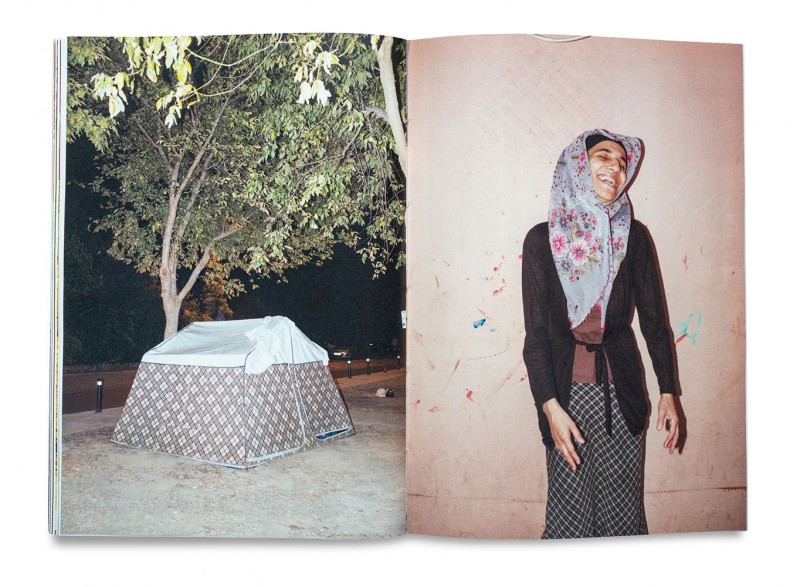
© Caimi Piccini, from the dummy “Güle Güle”
LFI: For your latest project, you switched from black-and-white to colour photography. Was this a premeditated decision, and if so, what were the reasons behind it?
Caimi & Piccinni: We’d been thinking about a colour-based personal project for quite some time. When we travelled to Istanbul to embark on this project, we were already leaning towards the idea of working in colour – we had a sense that it would be necessary for the story we wanted to tell. We quickly realised that our instincts had been spot-on, because we were instantly struck by the palpable energy bursting from every part of this city, which is undergoing an enormous socio-political transformation. The situations we encountered ranged from the difficult living conditions of increasingly marginalised groups – such as refugees, the Kurdish population and the LGBTQ community – all the way to the irrepressible vitality of the Turkish people. We needed an extended palette to capture this polychrome kaleidoscope of impressions. When we edited the ‘Güle Güle’ book, we approached the colours very consciously and took great care to synchronise them to the multitude of emotional shades we had encountered. That’s why we have explosive reds, deep blues, luminous yellows, muted browns. So you could say that, for us, colour was a great creative discovery.
What was the greatest difference you noticed once you started shooting in colour?
Working in black and white for such a long time changes the nature of your pre-visualisation: you automatically perceive every situation in shades of light and dark – even the feelings you’re experiencing while taking a picture are, in effect, arranged in a sort of greyscale. It's an interesting sensation that becomes increasingly innate and familiar. As soon as colour enters into the equation, your world is turned upside down. Your ‘third eye’ awakens – you feel as though a dam has broken, letting in a flood of new emotions. The way you look at reality is suddenly informed by an entirely different visual language. Being a black-and-white photographer has actually helped me understand the true potential of colour as an expressive tool, not least because I’m not taking it for granted.
In your previous work you usually focused on subcultures and stories that were off the beaten track. Was it difficult to take the same approach in Istanbul?
Istanbul and, in fact, Turkish society as a whole, are profoundly changing. The country’s population is divided and navigating the iron rule of an oppressive regime. The rise of a more intransigent form of Islam seems to further strengthen the government’s power and control. There are groups of people who oppose this regression, who are progressive and open-minded – many of the young people, for example, as well as some of the marginalised communities that are genuinely in danger. Very often, subcultures are the embodiment of a society’s purest truth. They are free of the constraints and artificial constructs of a mainstream ideology. The way we work is very organic – we meet and connect with people, and have a direct experience and personal involvement with any situation that we photograph. In Istanbul, we started with the Kurdish community, where we had some initial connections. From there, rather like a domino effect, we went on to experience an exciting and incredibly diverse spectrum of situations, places and individuals.
What was your impression of the political situation? Were you free to go about your business, or did you encounter some restrictions?
The situation is very tense. Istanbul is undergoing a frantic gentrification process – old neighbourhoods are being wiped out to build more profitable, luxury housing. People are forcefully relocated, which tears apart whole communities and destroys the social networks that often form the key to survival for those living on the margins of poverty. Sometimes we found ourselves in uncomfortable situations, where we were seen as possible spies for the government, or something along those lines. But we usually find a way to connect with people, to gain their respect and trust. Equally, we had to learn how to sidestep legislative restrictions without risking arrest.
You worked with a camera from our loan pool. Which camera and lenses did you choose?
We used a wonderful Leica MP and 35mm Summicron, as well as a small SF 40 flash unit, which is very important for our way of working. We like our equipment to be compact, unobtrusive, simple and effective. We knew that this Leica combo was perfect for us. It was an incredible shooting experience.
Interview: Denise Klink
There are only a few days left to help the duo turn their project into a high-quality photo book of 125 colour illustrations, released by renowned French publisher André Frère. For more information visit kisskissbankbank
Jean-Marc Caimi & Valentina Piccinni+-
The two photographers have been working together since 2013, developing projects that concentrate, on the one hand on documentary, and on the other on personal photography. Their work is published regularly in the international press. Piccinni and Caimi have published three previous books: Same Tense (Witty Kiwi Books), Daily Bread (T&G) and Forcella (Witty Kiwi Books), a comprehensive oeuvre about the Mafioso district in Naples. In 2017 they received the Gomma Grant (UK) for Best Black and White Documentary for the project This Land Is My Land, dealing with the fading, rural culture of southern Italy. With Rhome, which also appeared in LFI 6/2018, they won the 2018 FUAM Photobook Award. In 2019, The Burning Plain won the Zine Tonic Award. More

© Caimi Piccini, from the dummy “Güle Güle”
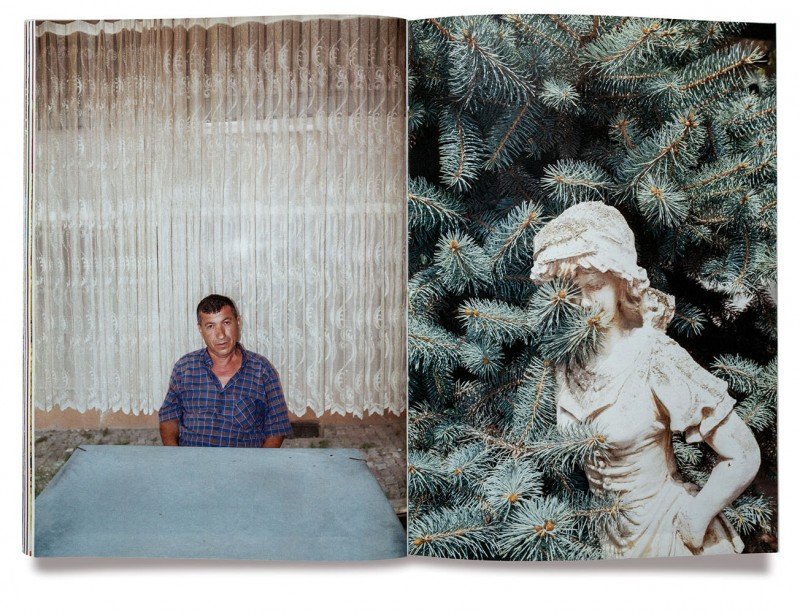
© Caimi Piccini, from the dummy “Güle Güle”
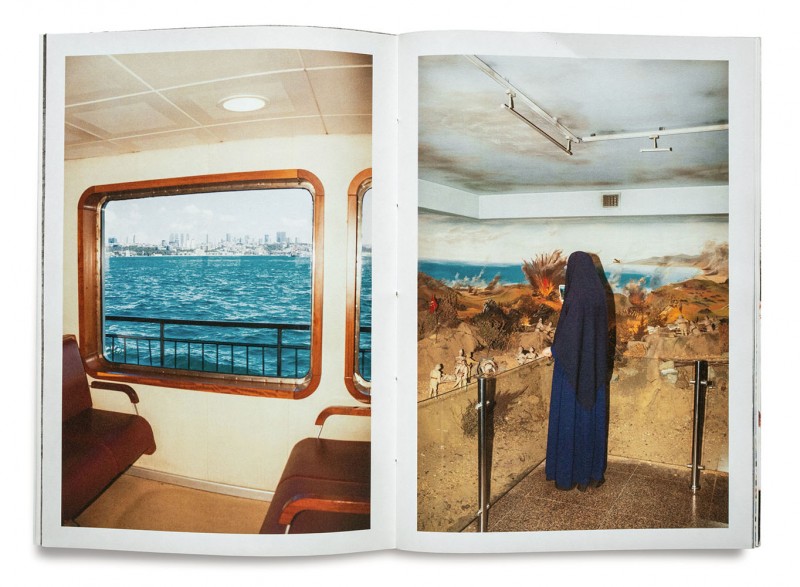
© Caimi Piccini, from the dummy “Güle Güle”
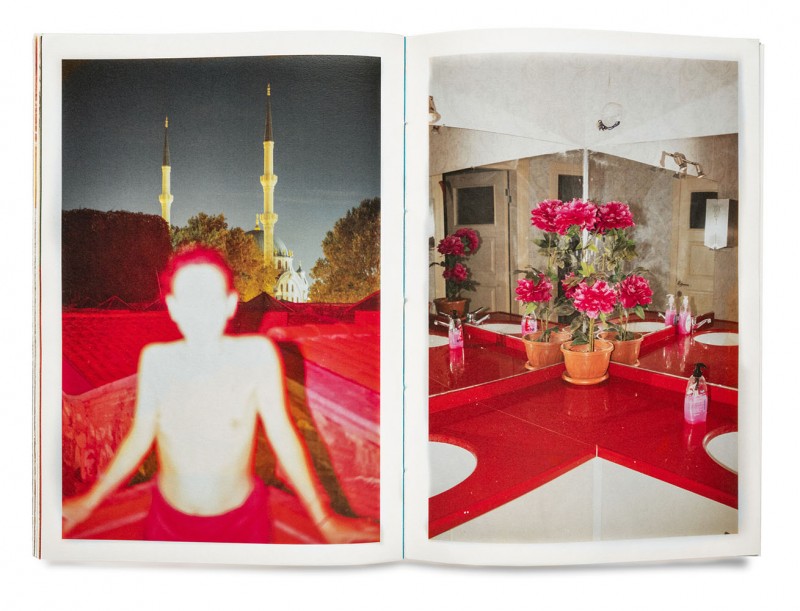
© Caimi Piccini, from the dummy “Güle Güle”
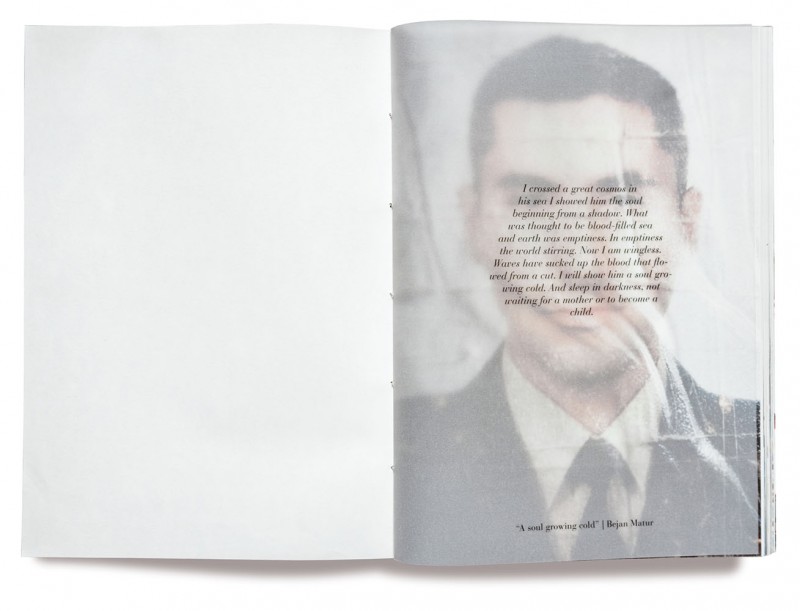
© Caimi Piccini, from the dummy “Güle Güle”
